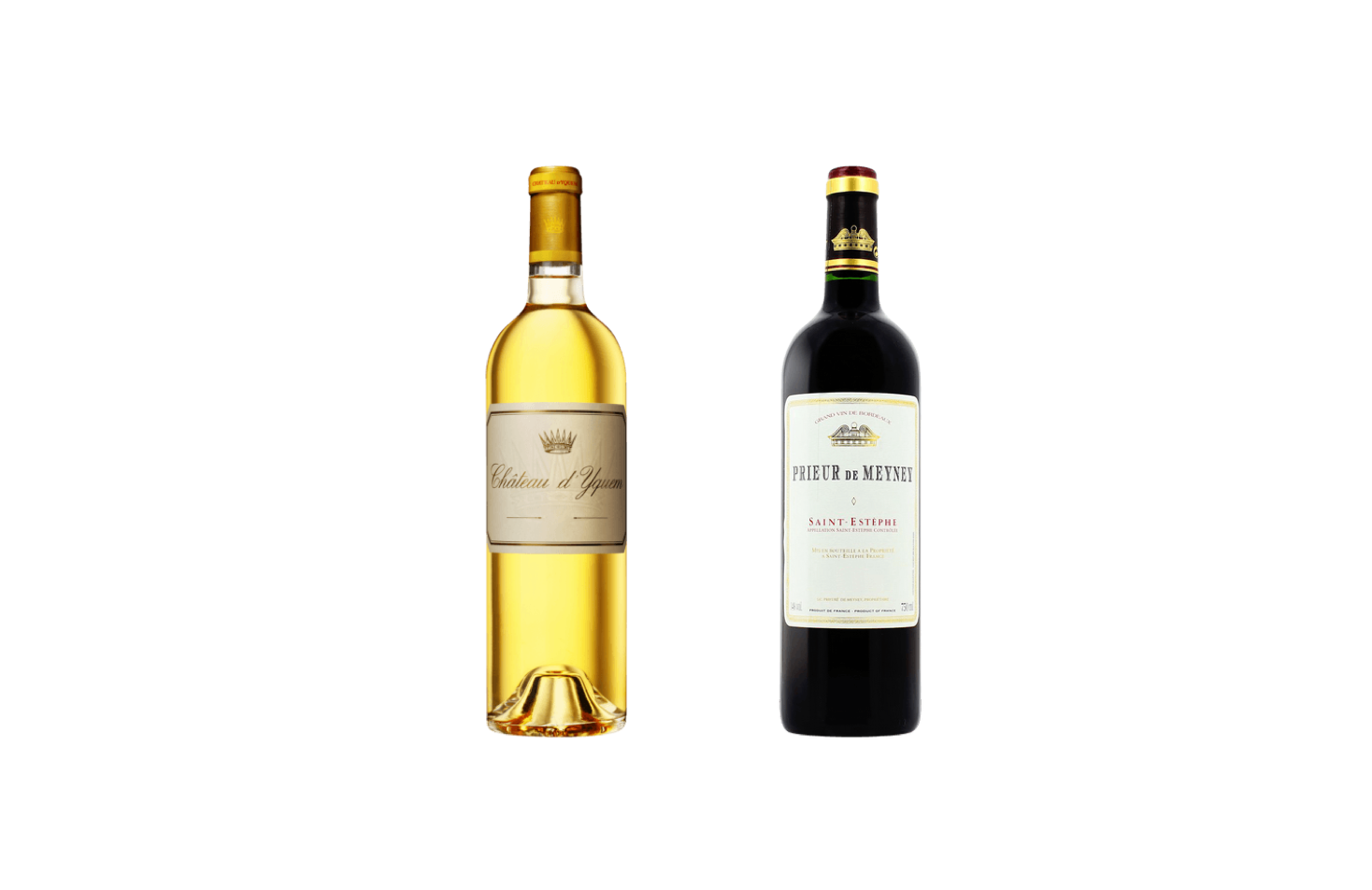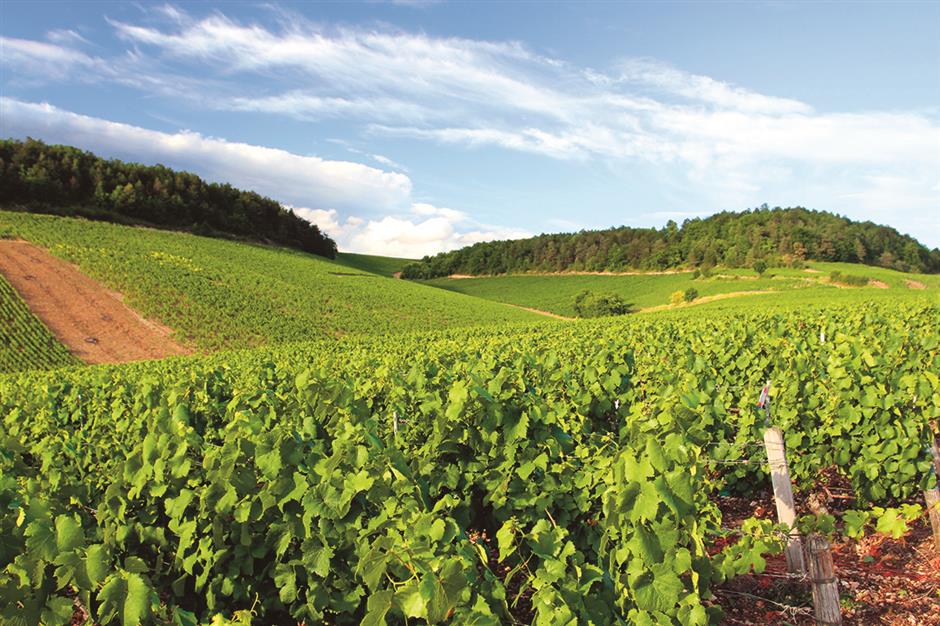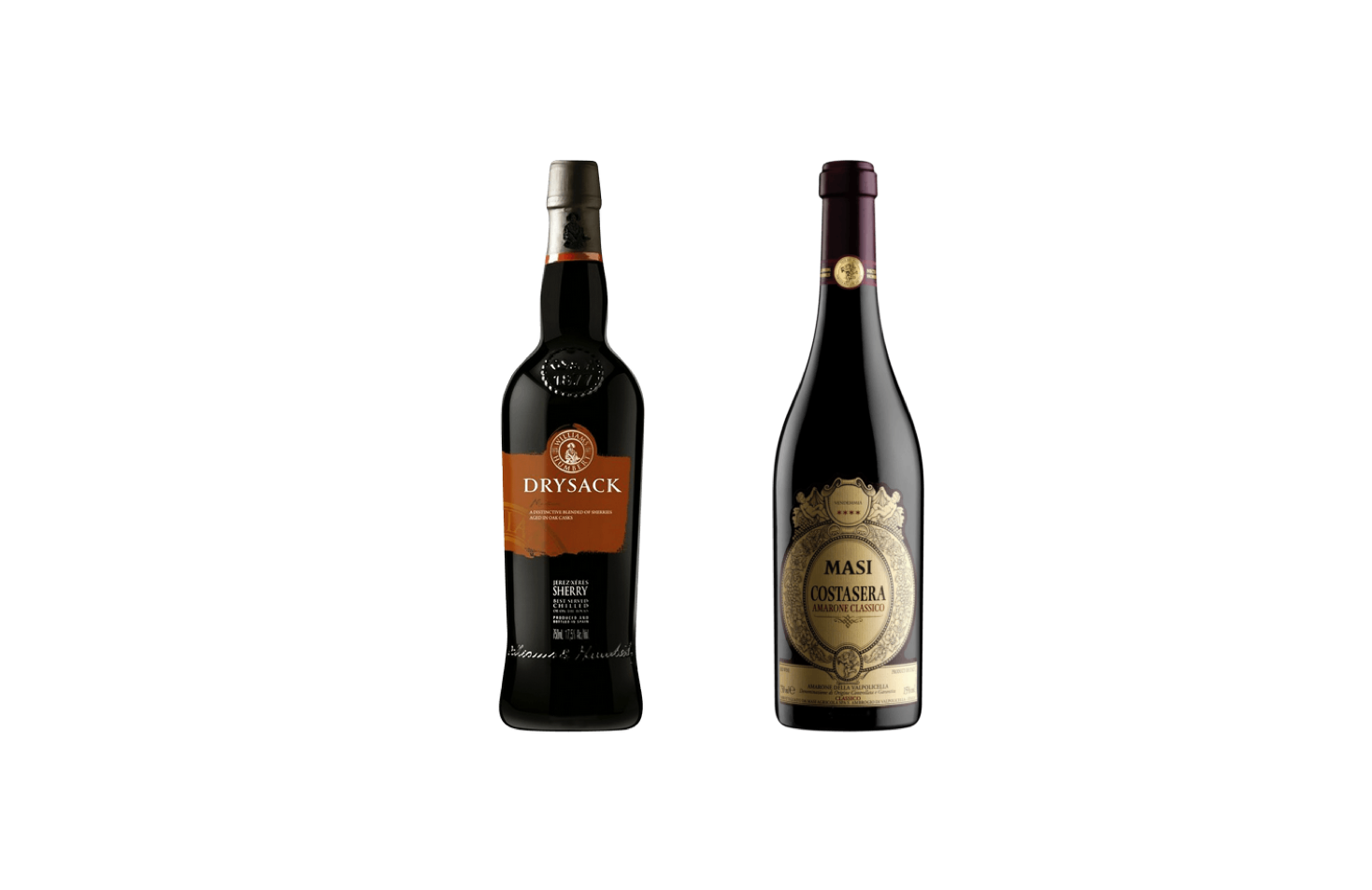Cycles of growth and stagnation follow the most basic laws of nature. Economies are no exception, and while China has one of the most stable growth economies in the world there’s been a slowing of growth recently that motivates me to write about the art of finding good value. When I’m giving a speech and in the mood to be somewhat naughty one of my favorite lines is “any idiot can spend 5,000 or 10,000 RMB and get a great wine; the real skill is spending much less but still getting a great wine”. Before recommending some excellent value wines available here in Shanghai (change to China), let’s look at two of the most frequently asked questions in the wine world.
Why are some wines so expensive?
There are good reasons why some wines cost more than others. Making a good or even great wine necessitates better ingredients, technology and techniques and more time. The ingredients are of course grapes that may range in cost from 800 USD per ton to over 15,000 USD per ton depending on the region, vineyard and yield. Premium regions, better situated vineyards and lower yield results in better wines that understandably cost more. Cheaper wines are the results of high yields while premium wine have much lower yields. The extreme example of this is the world’s most famous and expensive sweet wine, Chateau d’Yquem, where one vine yields approximately one glass of wine.
Modern winemaking is half art and tradition and half technology and science. Technology and science play a role in understanding and managing the variances of Mother Nature and make most the wines today more consistently good than the wines of a half century ago. Therefore the use of advanced technology and expertise adds to a wines cost.
All really good to great wines must be aged for a period of time, sometimes in oak and stainless steel and also in the bottle prior to release. The best red wines use a high percentage of new oak each year and barrels, especially those from France, can cost up to 1, 250 USD. We must also factor in the cost of time or how long the wines remain aging in the wineries prior to release. Better quality bottles, closures (i.e. high quality cork) and packaging also push costs higher. Finally there’s the cost of doing business in different regions and countries. Everything from labor, land and overhead costs in France are a great deal higher than in Chile.
Are more expensive wines better?
The answer is yes and no. As we’ve seen above premium land, lower yield, aging and better technology and expertise all reasonably make better wines and cost more. The area of real controversy is overhead, especially marketing. Some large groups spend quite a lot on marketing and promotion and this must be added to the cost of the wine. But does it really make the wine better? Are the wines of major Champagne Houses that spend significant money on promotions and really better than smaller, less renowned Champagne houses that make less costly wines from equally good premier and grand cru rated vineyards? The answer is usually no.
Of even greater controversy is the role that ratings, ego and scarcity play in a wine’s cost. Historically, the great wines of the world like Chateau Latour are considered great because they have been consistently good for many decades or even centuries. This is certainly understandable and acceptable. But what about overnight sensations propagated by superstar critics and modern media?
Over the past decade the exorbitant price of some wines and styles of wines has created a backlash and led to a new term to describe wines, honest. A truly honest wine is a wine that has a cost/quality ration that’s reasonable. The wine may be inexpensive or high-priced but it delivers value for what you pay.
Ultimately only you can decide if a wine is honest or not and this means you have to trust your own taste. Don’t be over influenced by what other people write or say and certainly don’t buy a wine just because it’s famous or expensive. That’s what the amateurs with big budgets do. Buy a wine because you know and love its intrinsic beauty and for the pleasure it gives you. Here are my suggestions for some of the most honest wines available in Shanghai.
Sparklers
If you’re like me and sometimes only bubbles will do. Four of the best value sparklers around town are Wolf Blass Eaglehawk Cuvee Brut, Bisol Bel Star Prosecco and Zonin Sparkling Rose from Italy’s Veneto region and Freixenet Corton Rosado CAVA from Spain. The Wolf Blass wine is Pinot Noir and Chardonnay blend with ample fruit and good acidity. Bisol has been making wines since the 16th century and owns some of the best vineyards in the Prosecco region and Bel Star is their very pleasant entry-level sparkler. The Zonin Rose is made from the Nerollo Mascalese variety and offers a lovely fresh red fruit experience. The Freixenet Rosato CAVA has long been one of my favorite good value sparklers with good color, concentration and acidity. If only Champagne will do then try Gosset, Ayala, Bruno Paillard and Louis Dubrince. Their non-vintage and vintage wines routinely outperform more expensive Champagnes.
Still wines
The Cru Bourgeois from the Saint Estephe appellation, Chateau Meney, has long been many a wine experts choice for a classy Bordeaux experience without a flashy price tag. The wine offers generous amounts of black fruit, a touch of spice and ample round tannins. The chateau’s second wine Prieur de Meyney is also a good value. For a wonderful Burgundy experience that won’t kill you budget try Domaine de Montille wines . Though not cheap, the wines from this domaine are now among the most stylish and best in Volnay and Pommard. Longtime Burgundy Ambassador Hurbert de Montille has turned over management and winemaking responsibilities to his son Etienne who has quickly become a superstar in Burgundy. Compared to the other elite wines of Burgundy, Domaine de Montile wines are exceedingly honest.
So the next time the slowing economy gets you down and you absolutely need a glass of fine wine just think of one word, honesty. Harder time need more honesty.





